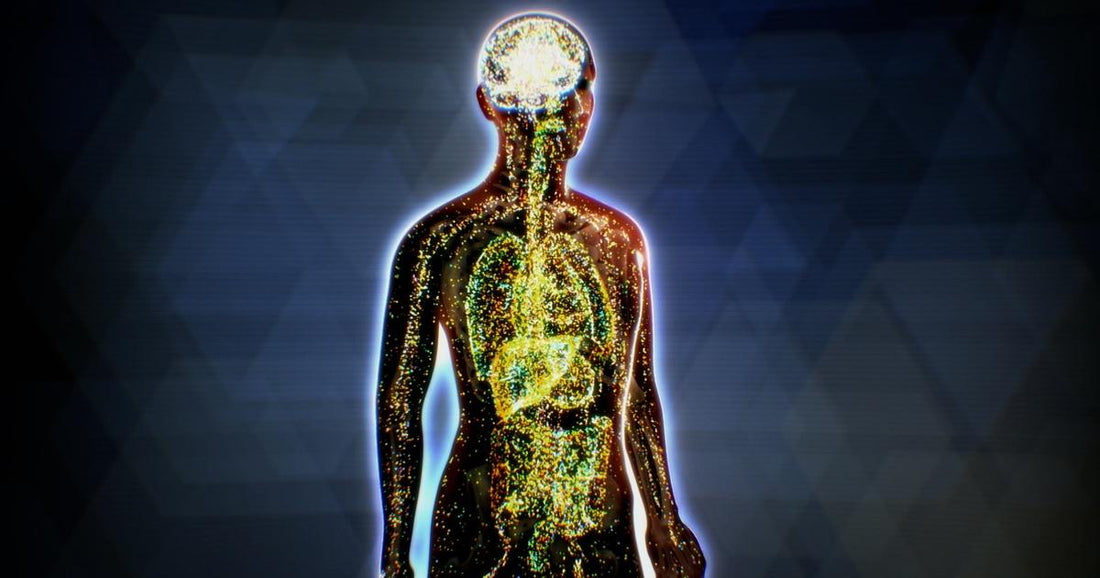
What Is Endocannabinoid System (ECS)?
Share
The Endocannabinoid System: A Key to Balance and Wellbeing
The human body is equipped with an intricate system known as the endocannabinoid system (ECS), which plays a crucial role in maintaining balance and overall wellbeing. Though discovered in the early 1990s while researching cannabinoids like THC, the ECS is now recognized as an essential physiological system present in all humans and many animals.
How Does the Endocannabinoid System Work?
The ECS consists of three main components: endocannabinoids, receptors, and enzymes. These elements work together to help regulate various bodily functions.
-
Endocannabinoids: These are naturally occurring compounds produced by the body that function similarly to cannabinoids found in the cannabis plant. The two primary endocannabinoids are Anandamide (AEA) and 2-Arachidonoylglycerol (2-AG). Anandamide is often referred to as the "bliss molecule" due to its association with mood regulation, while 2-AG is found in higher concentrations and plays a vital role in maintaining overall balance.
-
Receptors: Two primary receptors, CB1 and CB2, interact with endocannabinoids. CB1 receptors are mainly located in the brain and central nervous system, while CB2 receptors are found in peripheral organs and immune cells.


-
Enzymes: These are responsible for breaking down endocannabinoids once they have fulfilled their function.
Why is the ECS Important for Wellbeing?
The ECS is involved in regulating a wide range of bodily processes. While research is still evolving, scientists believe the system plays a role in maintaining balance, or homeostasis, within the body. This ability to help regulate internal functions makes the ECS a key factor in overall wellness.
The Role of Phytocannabinoids in Supporting the ECS
Phytocannabinoids, which are cannabinoids derived from plants such as hemp and cannabis, can interact with the ECS similarly to endocannabinoids. Compounds like CBD and THC can bind to or influence CB1 and CB2 receptors, helping to supplement the body's natural endocannabinoid production. When the ECS is out of balance, phytocannabinoids may assist in restoring homeostasis by interacting with these receptors and enhancing endocannabinoid signaling. This is why plant-based cannabinoids have been widely explored for their potential role in supporting overall wellbeing.
The Fascinating Nature of the ECS
What makes the ECS particularly remarkable is its adaptability. It responds to both internal and external factors, adjusting as needed to support equilibrium. The fact that the body produces its own cannabinoids suggests that this system has been an integral part of human physiology for thousands of years.
Supporting the ECS Naturally
While the ECS functions on its own, certain lifestyle choices may support its efficiency. Eating a balanced diet, engaging in regular physical activity, and managing stress levels are all ways to help maintain a healthy ECS. Additionally, cannabinoids derived from plants, such as hemp-derived CBD and THC, interact with the ECS and are widely explored for their potential impact.
Final Thoughts
The endocannabinoid system is an incredible biological network that plays a crucial role in maintaining balance within the body. As research continues to uncover more about how the ECS functions, it remains a key area of interest in the world of wellness. Understanding this system allows us to appreciate the complex ways our bodies work to support overall equilibrium and vitality.
